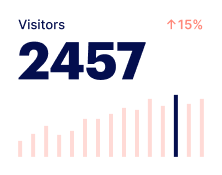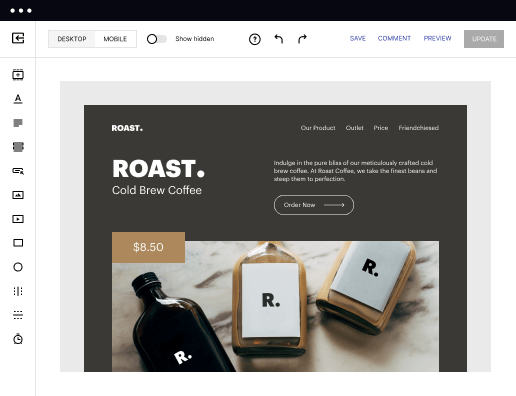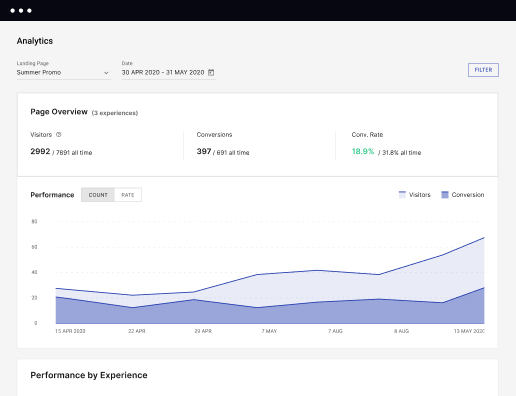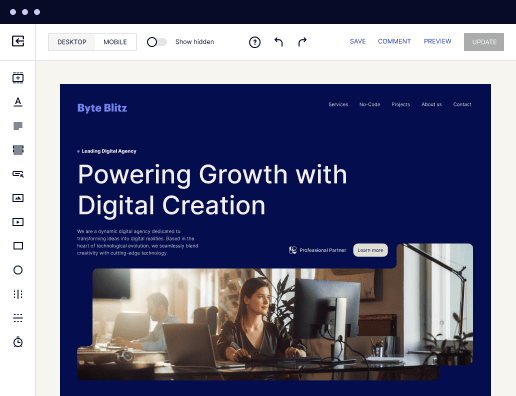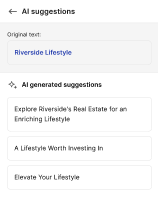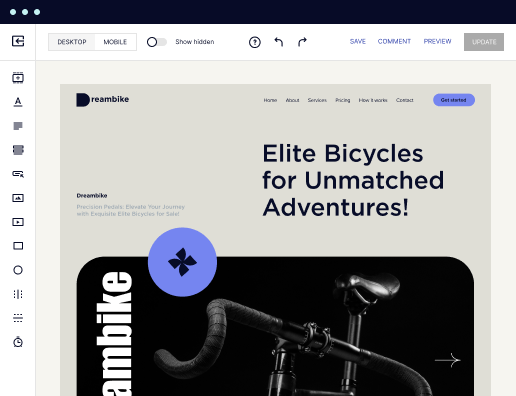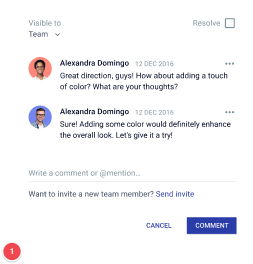Make your blog page specifically for Data Analytics professionals
Instapage empowers Data Analytics professionals to reduce costs, increase conversions, and deliver relevant landing page experiences.
Create an effective blog page for data analytics professionals with Instapage
Designing a blog page that resonates with data analytics professionals requires strategic thinking and efficient tools. Instapage offers a platform that simplifies landing page creation, allowing marketers to maximize their conversion potential while delivering relevant content tailored to their audiences. With a library of over 100 conversion-focused layouts, Instapage enables you to create high-impact pages without the need for extensive coding or developer support.
Understanding Your Audience
Before diving into the specifics of page creation, it’s essential to understand the needs and preferences of data analytics professionals. This audience values precision, data-driven insights, and relevant content that addresses their unique challenges in the fields of business services, marketing and advertising, tech/SaaS, education, energy and utilities, financial services, government, and insurance.
- Conduct audience research to identify pain points: Understanding the analytics process and time management are common challenges.
- Utilize dynamic text replacement features: Tailor your content to resonate with specific segments of your audience dynamically.
- Incorporate analytical tools: Provide resources that help users track their own metrics, making your blog a valuable resource.
Step 1: Select the Right Template
Choosing the right template is crucial for ensuring that your content is not only attractive but also functional. Instapage's extensive library includes various designs tailored for data analytics professionals, which can significantly streamline your workflow.
- Select templates focused on data visualization: These templates can showcase infographics or analytics dashboards effectively.
- Opt for clean layouts: Ensure that critical information stands out, making it easy for analytics professionals to digest.
- Incorporate call-to-action buttons: Drive engagement with clear CTAs that encourage subscriptions or inquiries.
Step 2: Craft Engaging Content
High-quality content is essential for attracting and retaining data analytics professionals. Make your blog informative by focusing on relevant topics that highlight trends and best practices in the field.
- Create guides on the latest data analysis tools: Offer recommendations and insights that can help your audience choose the best tools for their needs.
- Address recent industry trends: Write about topics such as AI in analytics or the impact of big data on decision-making.
- Provide case studies showcasing successful implementations: Real-world examples help establish credibility and provide practical insights.
Step 3: Optimize for Engagement and Analytics
Once the content is live, the next step is to optimize for better engagement and measure results. Instapage offers several built-in features to help you refine your approach.
- Leverage A/B testing features: Experiment with different headlines and CTA placements to see what resonates best with your audience.
- Utilize heatmaps: Understand how visitors interact with your page and adjust elements to enhance user experience.
- Track audience-level metrics: Use the analytics dashboard to gather insights that guide your future content strategies.
In conclusion, leveraging Instapage for creating a blog page tailored for data analytics professionals opens up vast opportunities to engage with a targeted audience effectively. By following these steps, you can create a valuable resource that appeals specifically to this niche market.
Ready to start your journey with Instapage? Sign up today to unlock tools that help drive your analytics blog's success!
Get more out of Make your blog page for Data Analytics professionals
Improve your Quality Score with quick load technology for landing pages
Increase conversions with content that aligns with your ads and audiences
Achieve maximum ROI by scaling your marketing initiatives
Leading the way in building high-performing landing pages





FAQs
See how to make your blog page for data analytics professionals in action
Ready to skyrocket conversions?
Supercharge your ad campaigns with high-performing landing pages.
Get started
